A Tauranga bird expert needs a boat owner and skipper with a couple of hours to spare, around high tide on June 29, to help with the June shorebird count in Tauranga harbour.
“Our bi-annual shorebird counts are usually done by myself and my usual skipper,” says Paul Cuming. “Alas, this is not the case for the count this month. My usual skipper is away.”
The twice-yearly NZ shorebird count is in June and November, with Paul’s section covering two off-shore roosts near Matakana Island.
“I need a boat ride on 29 June from Omokoroa to Matakana island and then back to Omokoroa. Expenses are covered by our national office at BirdsNZ, Wellington.”
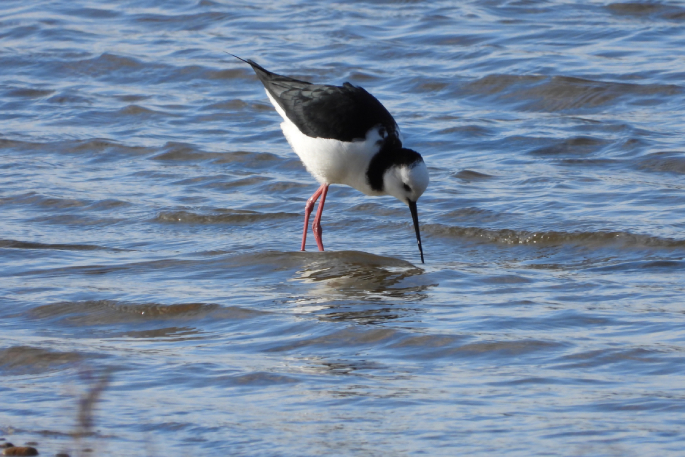 Pied Stilt. Photo: Paul Cuming.
Pied Stilt. Photo: Paul Cuming.
Paul says there are several other boats involved, with one based in Waihi, and one near the Tauranga Airport area.
“If the tide is high enough, all the birds go to one or two roost areas in the inner Tauranga harbour at Matakana Island. There is also a roost near the Tauranga Bridge Marina and another one near Bowentown.”
The NZ Shorebird count which has been happening for decades, is a long-term study instigated by the Ornithological Society of New Zealand.
.jpg) Bar-tailed Godwit. Photo: Paul Cuming.
Bar-tailed Godwit. Photo: Paul Cuming.
Shorebirds counted include stilts, oystercatchers, dotterels, and godwits.
“The study has created a huge data set of long-term trends, particularly with our migratory shorebirds like godwits,” says Paul.
Bar-tailed godwits fly 11,000-12,000 km from Alaska to New Zealand, with their remarkable flight taking eight to nine days, at an average speed of 56 km/hour. They are counted during the twice-yearly NZ shorebird counts.
“It’s mystery how they get here because no one shows them where to go. Radio tagging shows that they fly here in one go, it’s mind-blowing.
“The youngsters that come down [to NZ] fresh out of the egg stay here for the winter, so we count those in our winter counts [in June]."
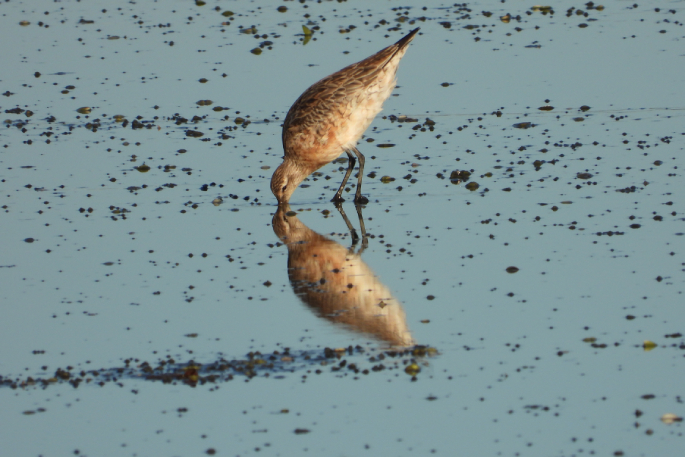 Bar-tailed Godwit. Photo: Paul Cuming.
Bar-tailed Godwit. Photo: Paul Cuming.
Paul says the long-haul champions nest in the Alaska tundra region.
“The adults depart for New Zealand before the chicks can fly properly. They leave the chicks to fend for themselves and then fly by themselves to New Zealand.
“They fly in the jet stream, which is an area of the atmosphere in high wind, so if they have a tail wind it assists them to fly.”
The Bar-tailed godwits are one of 35 species which come to NZ annually from their breeding ground in the Arctic.
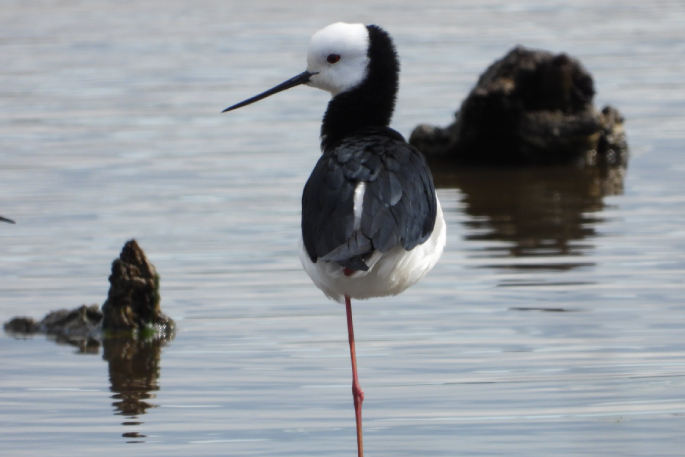 Pied Stilt. Photo: Paul Cuming.
Pied Stilt. Photo: Paul Cuming.
Paul says they count all shore birds including migrants and internal NZ migrants such as the South Island Pied Oystercatcher.
“The conservation value of these birds is quite high, being a native species. The South Island Pied Oystercatcher is endemic and not found anywhere else in the world, so we like to keep an eye on their numbers.’
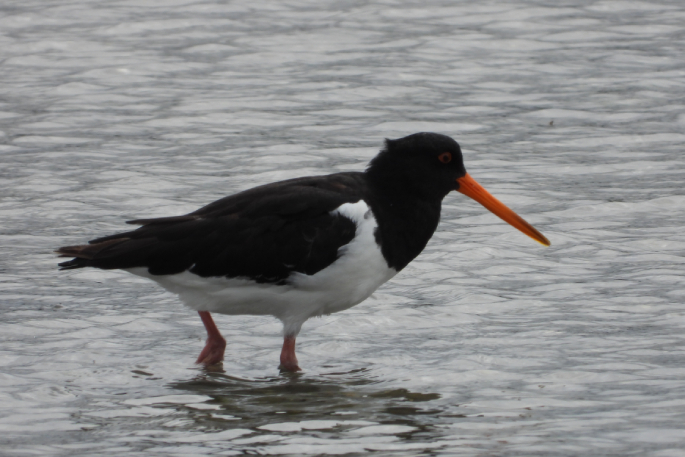 South Island Pied Oystercatcher. Photo: Paul Cuming.
South Island Pied Oystercatcher. Photo: Paul Cuming.
The results are sent to a central database, and eventually will be published, and the trends noted.
“Generally, the overseas migrants are reducing in number, and this is a reflection on what land use is happening in Asia with coastal areas changing. The shore bird habitat there is being modified at a great rate, and that is reflected in the numbers that we count here.”
The bi-yearly counts are usually done by boat.
“However, if a boat is unavailable, we can’t do a count.”
Any boat captain keen to be involved, with time available on June 29 is asked to contact Paul Cuming on 027 465 8710 or email [email protected]
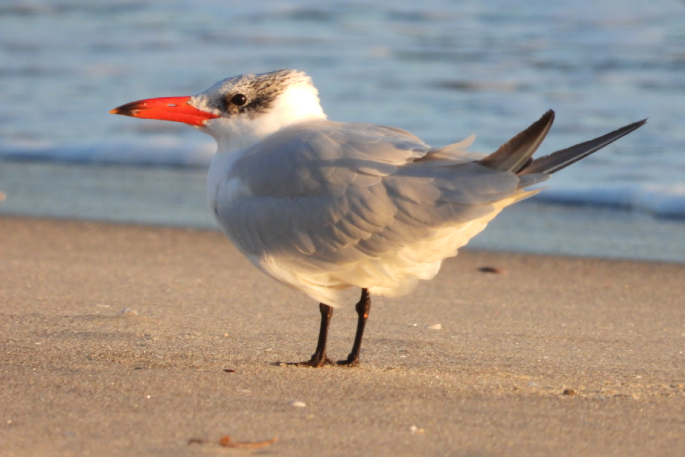 Caspian Tern. Photo: Paul Cuming.
Caspian Tern. Photo: Paul Cuming.
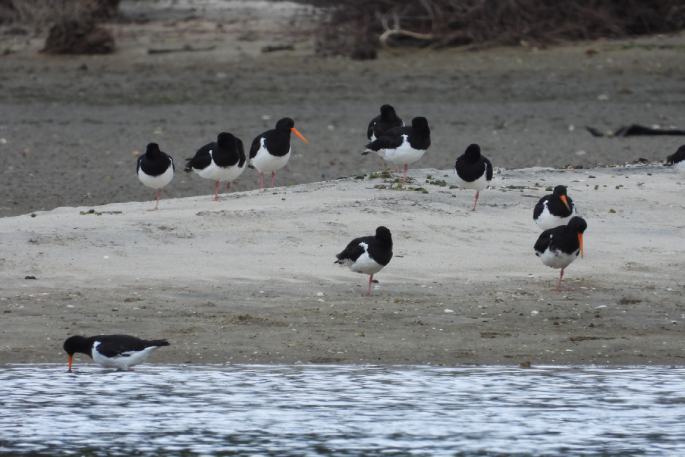 South Island Pied Oystercatcher flock. Photo: Paul Cuming.
South Island Pied Oystercatcher flock. Photo: Paul Cuming.
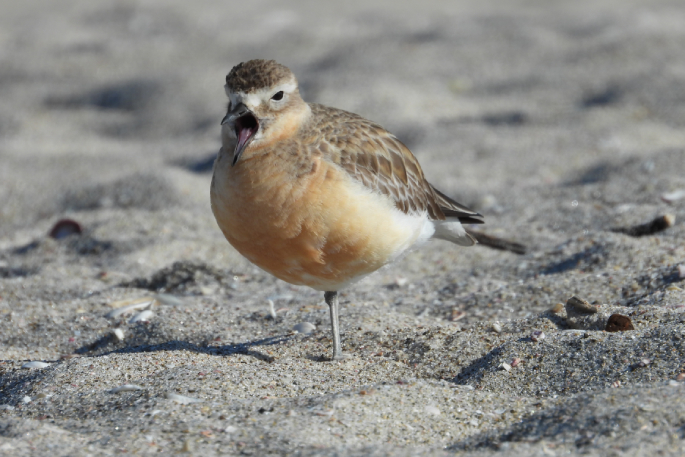 A NZ Dotterel. Photo: Paul Cuming.
A NZ Dotterel. Photo: Paul Cuming.
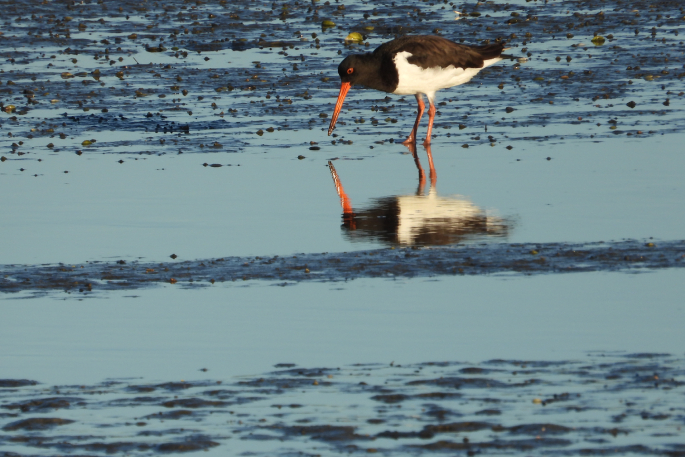 South Island Pied Oystercatcher. Photo: Paul Cuming.
South Island Pied Oystercatcher. Photo: Paul Cuming.



0 comments
Leave a Comment
You must be logged in to make a comment.